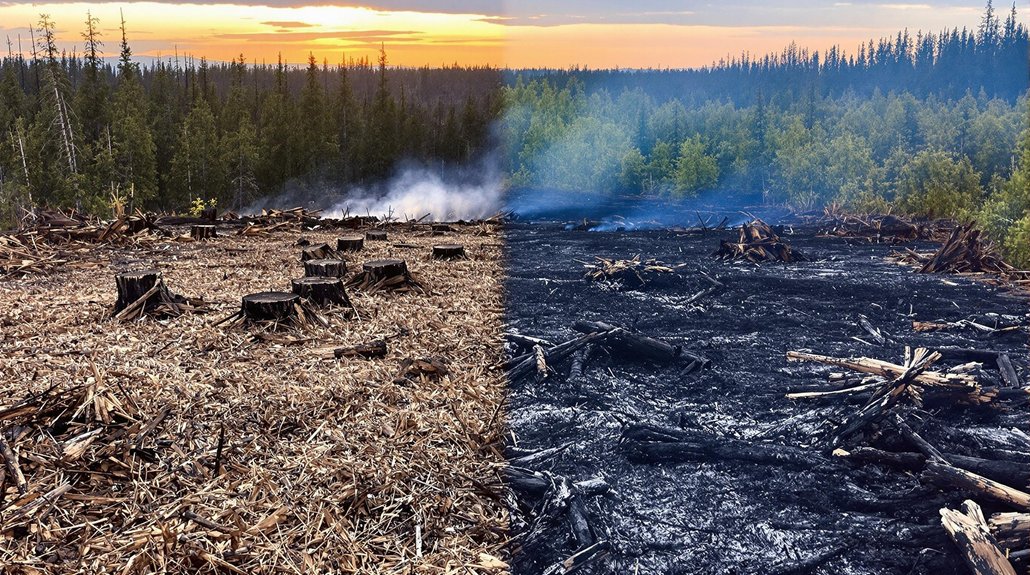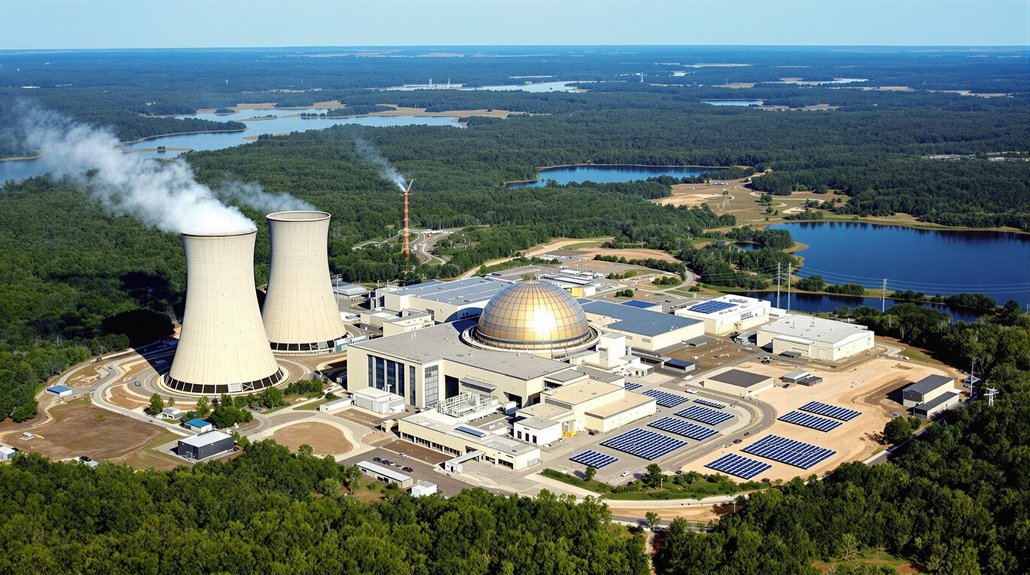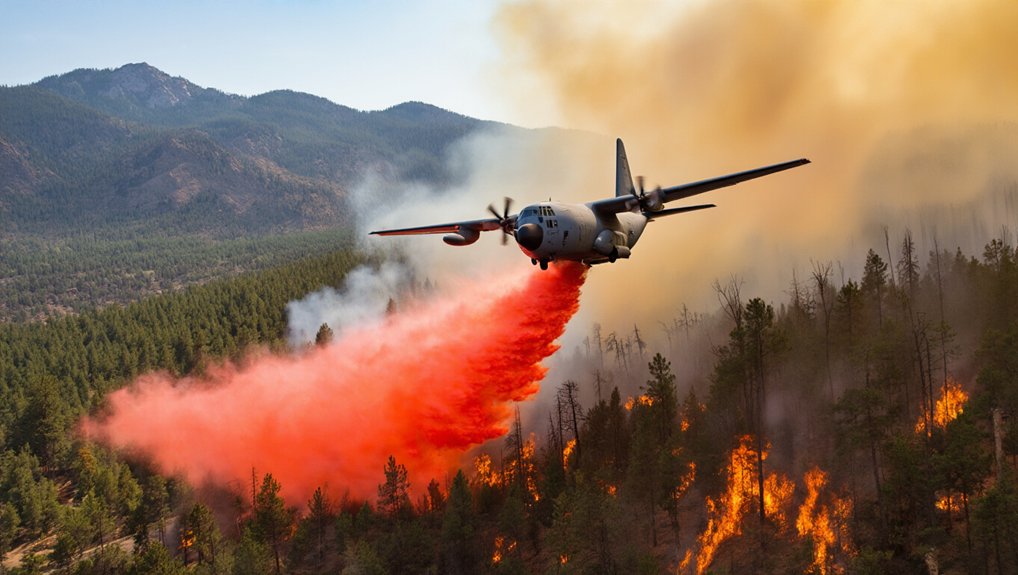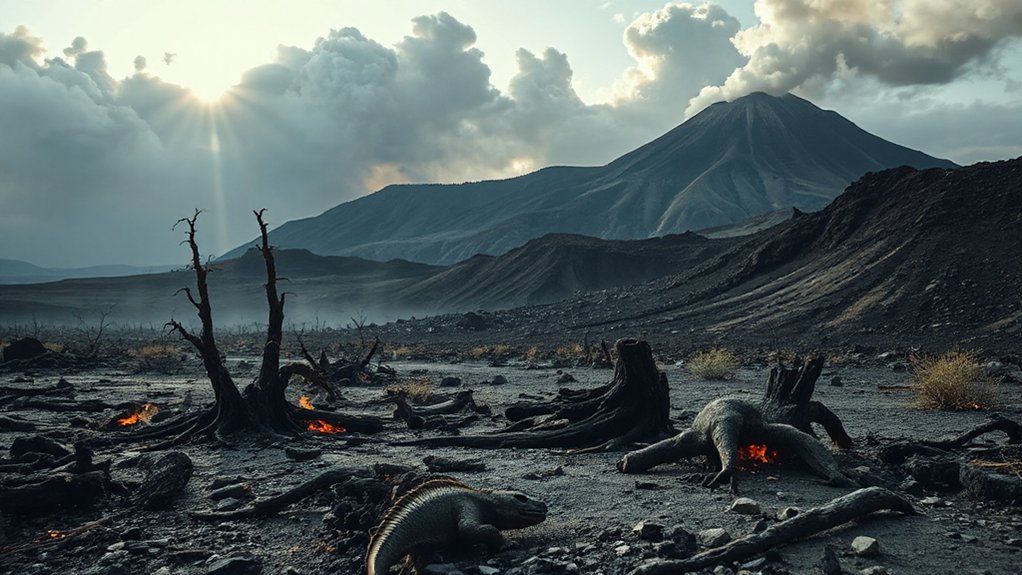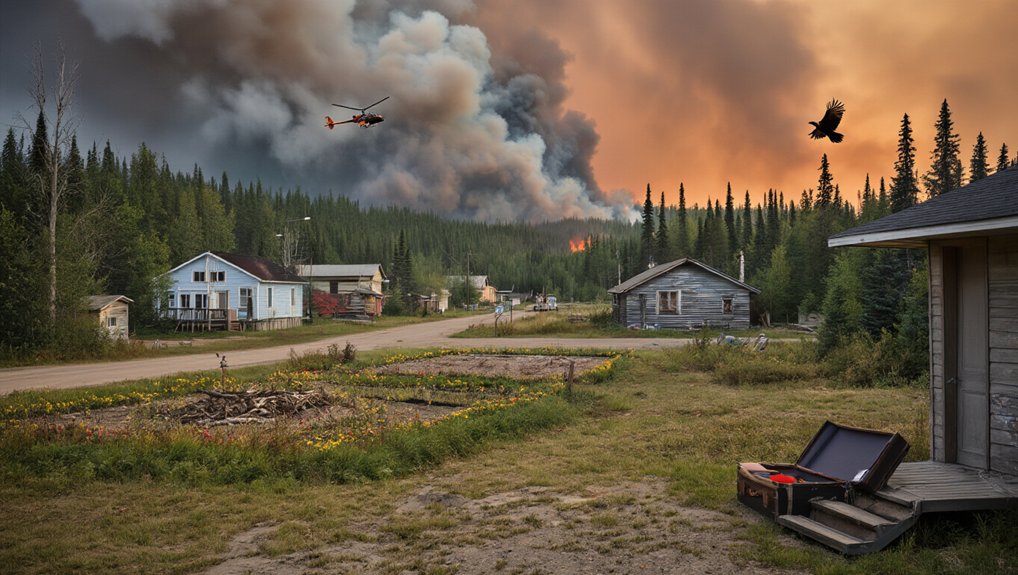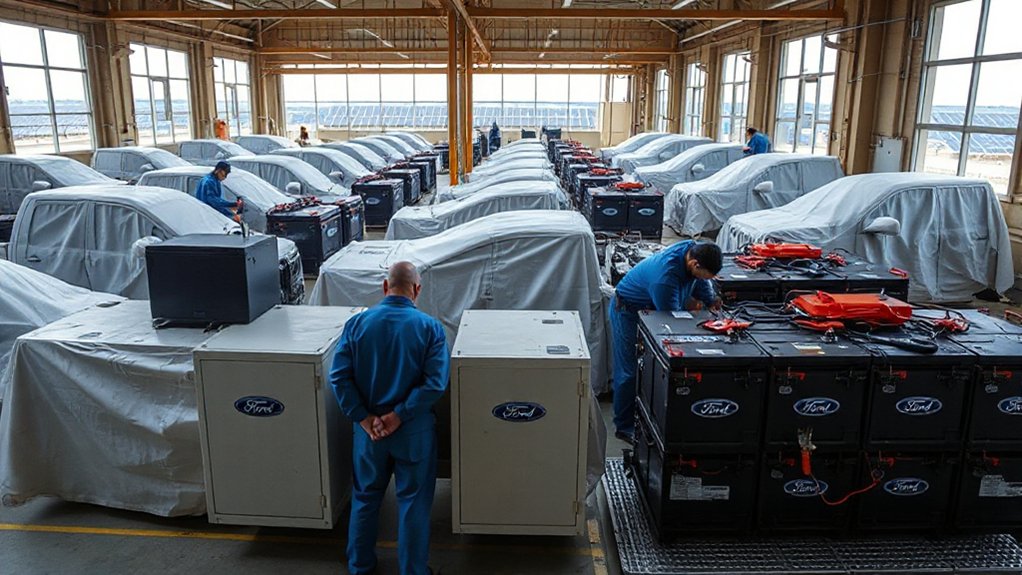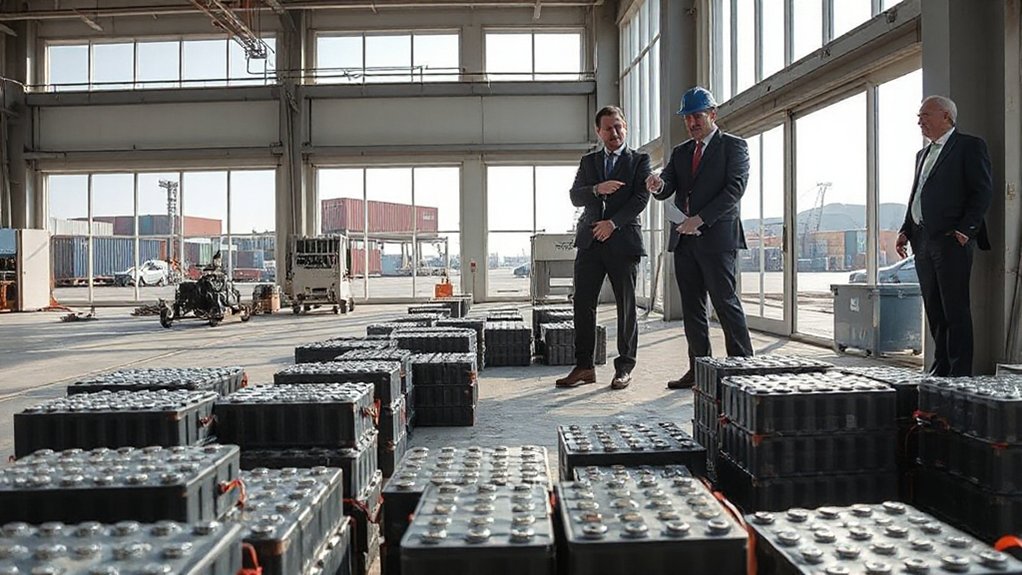The Trump administration promoted logging as a wildfire solution despite scientific evidence suggesting it increases risks. Officials rolled back protections on millions of acres of forests while manipulating data to support timber harvesting. Research shows logging creates drier conditions and leaves behind flammable debris that fuels fires, not prevents them. Meanwhile, climate factors like rising temperatures and drought—key wildfire drivers—remained largely unaddressed in these policies. The approach prioritized industry interests over evidence-based fire management strategies.
While the Trump administration promoted logging as a solution to reduce wildfire risks, scientific evidence suggests these policies may have actually increased fire dangers. The administration rolled back environmental protections on more than half of U.S. national forests, allowing increased logging across approximately 67 million acres of federal land.
Under an emergency declaration, the administration proposed a 25% boost in timber production while dismantling environmental reviews that had previously allowed public input on forestry decisions. These changes affected roughly 59% of all Forest Service-managed lands across the country.
Science paints a different picture of logging’s impact on wildfires. Research indicates that increased logging creates drier conditions in forests, potentially elevating fire risks rather than reducing them. The year-round fire season pattern is now established in the South due to rising temperatures. Logging operations often leave behind debris called “slash” that serves as fuel for wildfires. Studies show that high-severity wildfires can ignite faster in recently logged areas where the natural vegetation has been disturbed.
Despite forestry industry claims, research shows logging creates drier forests and slash debris that fuel more intense wildfires.
Internal communications revealed troubling practices within the administration. Emails showed Interior Department officials manipulated emissions data from wildfires to support the pro-logging narrative. This directive specifically exempted affected forests from objection processes by outside groups and local governments, limiting environmental oversight. Officials cherry-picked data to compare wildfire emissions unfavorably against fossil fuel emissions, creating a misleading justification for increased logging activities. The administration even instructed officials to gin up emissions figures that would make a “good story” to support their policy agenda.
The policies benefited private timber companies by increasing supply and reducing regulatory oversight. While industry advocates defended the approach as promoting forest “restoration,” critics argued these changes prioritized economic interests over ecological considerations and fire safety.
What’s significantly absent from the administration’s forestry approach was meaningful acknowledgment of climate change‘s role in worsening wildfires. Scientists widely agree that rising temperatures and prolonged droughts are key drivers behind increasing wildfire severity and frequency.
Environmental advocates point out that intact forests often serve as natural firebreaks and carbon sinks. They argue that thorough wildfire management requires addressing climate factors rather than primarily focusing on logging solutions that may inadvertently increase the very risks they claim to mitigate.
